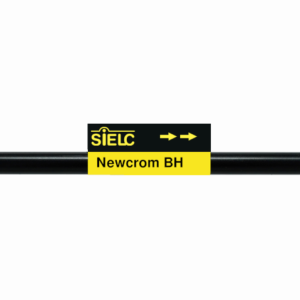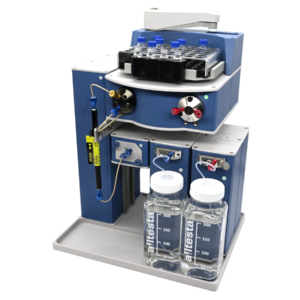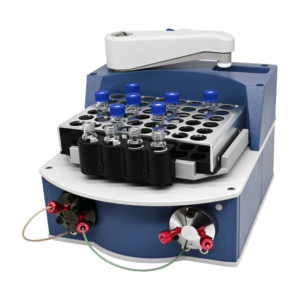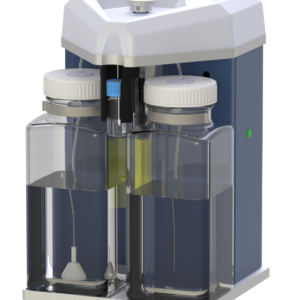HPLC Method for 2-Phosphonobutane-1,2,4-tricarboxylic on Newcrom BH by SIELC Technologies
High Performance Liquid Chromatography (HPLC) Method for Analysis of 2-Phosphonobutane-1,2,4-tricarboxylic.
PBTC (2-phosphonobutane-1,2,4-tricarboxylic acid) is one of the most widely used scale inhibitors in the cooling water treatment industry. It works through binding with metal ions, therefore preventing them from forming scale. It is widely used especially due to performing well under harsh conditions like high temperatures and high alkalinity.
2-Phosphonobutane-1,2,4-tricarboxylic can be detected at low UV. Using Newcrom BH mixed-mode column and a mobile phase consisting of acetonitrile (ACN) and water with phosphoric acid (H3PO4) buffer, 2-phosphonobutane-1,2,4-tricarboxylic acid can be retained and UV detected at 220nm.
| Column | Newcrom BH, 4.6 x 150 mm, 5 µm, 100 A, dual ended |
| Mobile Phase | MeCN/H2O – 20/80% |
| Buffer | H3PO4 – 1.0% |
| Flow Rate | 1 ml/min |
| Detection | UV 220 nm |
| Class of Compounds |
Acid, Hydrophilic, Ionizable |
| Analyzing Compounds | 2-Phosphonobutane-1,2,4-tricarboxylic |
Application Column
Newcrom BH
Column Diameter: 4.6 mm
Column Length: 150 mm
Particle Size: 5 µm
Pore Size: 100 A
Column options: dual ended





